Rainy Season Renovation Guide: A Complete Guide to MoistureProofing Wood Floors
 baoziRead original text
baoziRead original text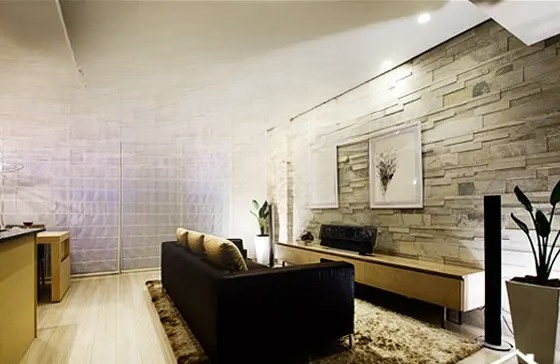
Days of rain have filled the house with humidity. The heat from the house and the cold from outside have caused a thin layer of condensation to form on the windows, which turns into water droplets when gently wiped. Every rainy season is always wet, and the air is always filled with sticky moisture that lingers for a long time. Even worse, furniture and clothing are prone to mold.
PART1: Floor moisture-proof
How to prevent moisture and mildew on the floor at home?
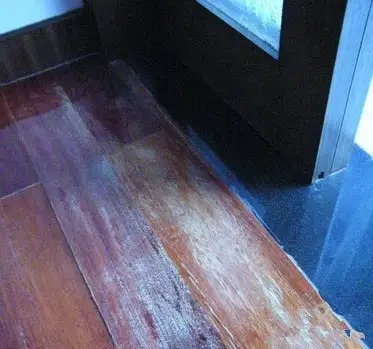
If your home is damp, your floors will get moldy and damp, and mold will spread. Corners are the perfect place for mold to take hold.
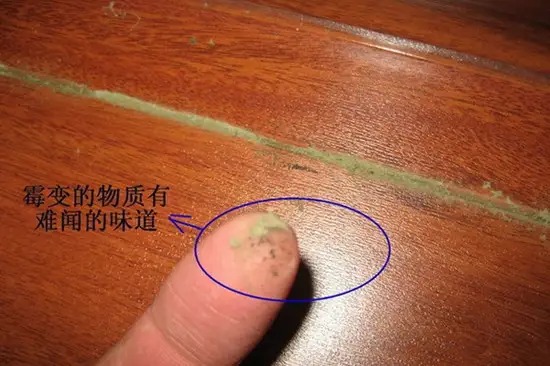
Moisture, mold, and warping are common problems for many floors, especially in spring. As the old saying goes, "During the Qingming Festival, rain falls heavily," and continuous drizzle is a hallmark of spring. The alternating cycles of low temperatures and warm, humid weather can wring water from the very air. During this humid "plum rain season," protecting wood floors from moisture and warping is a major challenge. Many of my friends' floors have cracked and developed mold spots. Let me share with you how to protect your wood floors from moisture.
【Countermeasures】
1. Choose appropriate moisture-proof materials
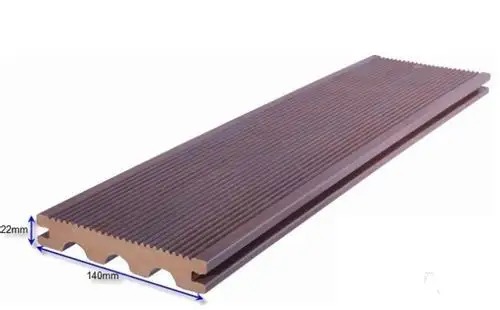
Choose moisture-resistant materials. Moisture-proof performance is the most important technical indicator for wood flooring. Floors with poor moisture resistance will inevitably warp at the edges and cause damage if moisture enters the floor under prolonged geothermal heat. High-quality flooring, on the other hand, utilizes a high-density base material with excellent moisture resistance, with a thickness expansion rate far below national standards. Furthermore, a special wear-resistant layer, decorative paper, and balancing layer effectively seal the base material, ensuring optimal moisture-proof performance throughout the floor.
2. There are some tips for laying floor
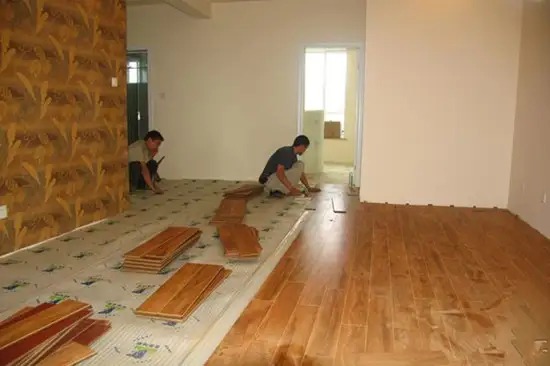
Flooring installation is not a haphazard process. Due to the significant temperature swings between day and night in spring, attention should be paid to moisture-proofing when installing flooring and tiles. Therefore, it's best to allow wood floors to sit at room temperature between 16°C and 18°C for two days before installation. Furthermore, it's best to install flooring on a sunny day, ideally with no rain for approximately seven days. Avoid installing flooring before the ground is completely dry.
3. Flexible temperature adjustment

Humidity control requires flexibility. Floors are very sensitive to humidity. Excessively humid air can easily cause mold and deformation. When damp, floors easily absorb water and swell, causing warping and deformation. In hot and humid weather, moisture on the floor surface should be frequently blotted with a dry cloth, and the air conditioner's dehumidifier should be used regularly to remove moisture. Indoor ventilation also requires proper ventilation. Humidity is at its highest during the afternoon, so windows should not be opened. Generally, open windows during the dry afternoon to adjust humidity.
4. Seasonal regulation needs to be mastered
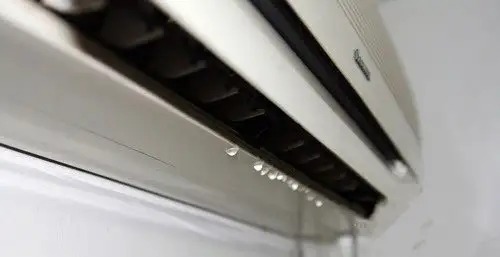
Temperature regulation should be seasonal. Floor care should be tailored to the changing climate. Floors tend to expand during hot and humid weather. Therefore, use air conditioning or electric fans to cool the flooring and maintain a cool, dry environment. In cold weather, gaps in the flooring can widen due to exposure to cold. For maintenance, be sure to avoid excessive ventilation.
5. Waxing the floor to keep it looking new
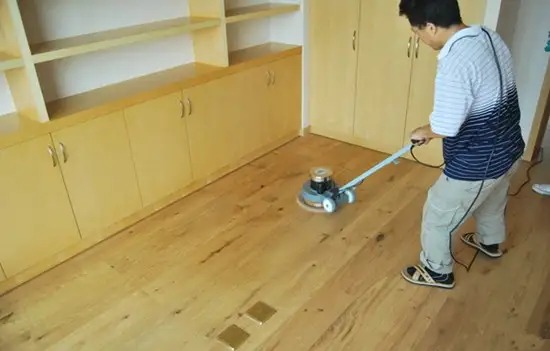
Regular waxing is crucial for maintaining a glossy finish. Waxing is crucial for daily wood flooring maintenance. After a period of use, wood floors require a re-waxing treatment to remove residual moisture and extend their lifespan. Additionally, waxing should be performed quarterly to maintain a glossy finish and maintain water resistance.
6. When cleaning, pay attention to the amount of water used
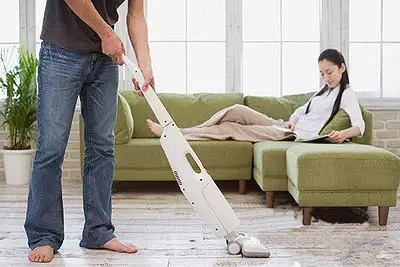
When cleaning, be mindful of water usage. Cleaning is essential for daily floor maintenance. For minor stains, use a soft, dry cloth. For stains that require water, use a damp cloth that has been wrung out thoroughly. After cleaning, open doors and windows immediately to allow air circulation and dry the floor. In humid weather, wipe again with a dry cloth and then use air conditioning to dehumidify.
7. Activated carbon prevents floor moisture
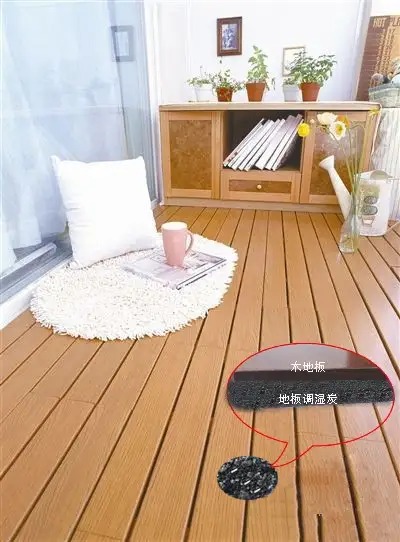
Activated carbon can maintain a good humidity level on the floor. Because of its dual function of absorbing moisture and retaining moisture (two-way humidity control), it prevents the floor from drying out and cracking over time, and prevents moisture from becoming too damp and causing mold. This effect is even more pronounced during the rainy season.
【Knowledge about ground moisture-proof treatment】
Usually the ground on the first floor, the wall 1 meter high, the basement, the warehouse floor, etc. must be treated with moisture-proofing. If it is a house with more than two floors, you can choose to do it, such as the floor and wall of the bathroom and kitchen must be treated with moisture-proofing.
Homeowners often confuse moisture-proofing with waterproofing, often equating them, believing that waterproofing is moisture-proofing. This is a misconception. Moisture-proofing protects against moisture (i.e., water vapor), while waterproofing primarily protects against liquid water. The molecular density of a waterproof layer is insufficient to prevent water vapor. Therefore, moisture-proofing cannot be achieved by waterproofing. Moisture-proofing is particularly important in homes with first floors or basements.
Moisture can cause us these troubles:
1. The moisture in the ground will corrode our floor;
2. During the damp season, the moisture in the ground will cause the moisture content of the indoor air to seriously exceed the standard. Living in such a humid environment will have an impact on our health.
Moisture-proofing must be done on the cement base of the floor and walls; otherwise, it will be ineffective. Furthermore, moisture-proofing must be done before waterproofing. This prevents the waterproof layer from peeling and bubbling. Moisture-proofing requires the use of specialized moisture-proofing materials, not waterproofing materials.
Moisture-proof materials must have the following characteristics: 1. They must be permanent moisture-proof. This is a hidden project; if they become ineffective after a few years, there is no way to remedy them. 2. They must be environmentally friendly and free of volatile substances. Moisture-proofing is done on the entire floor of the home, so products containing volatile substances cannot be used because the volatile area is too large.
PART2: Wall moisture-proof
There are many wall materials used for interior decoration. Wall materials can take into account multiple functions such as decorating interior space, meeting usage requirements and protecting structures. In addition, special attention should be paid to moisture-proof function. Moisture-proofing is not only necessary to do a good job of moisture-proofing during the rainy season, but also to start from the decoration. Do a good job of moisture-proofing the walls during decoration to allow you to safely spend the rainy season. The following editor will share with you the moisture-proof knowledge of wallpaper laying in wall decoration.
Nowadays, there are many types of wall decoration materials to meet the requirements of different usage environments. With the upgrading of paints and wallpapers, the current wall decoration effects are colorful, varied, scrubbable, stain-resistant, easy to paste, and multifunctional. So what is the best choice for wall decoration?
1. When laying wallpaper, the home decoration environment has certain requirements
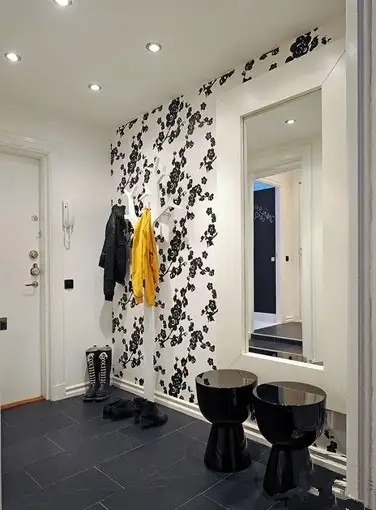
Choosing the right wall decoration method: painting or wallpapering comes down to personal preference. Painting is relatively inexpensive, but it's difficult to clean if soiled. Wallpaper, on the other hand, is easy to scrub. However, wallpaper doesn't last long, requires more work and materials, and poor quality can increase indoor air pollution. Wallpapering is generally recommended for areas of the home that aren't prone to humidity, such as bedrooms. Homes with good ventilation are also suitable for wallpapering. However, if your home is near the sea or a river, where it's frequently exposed to hot, humid southeasterly winds, wallpapering is not recommended.
2. Choose the dry season for wallpaper laying
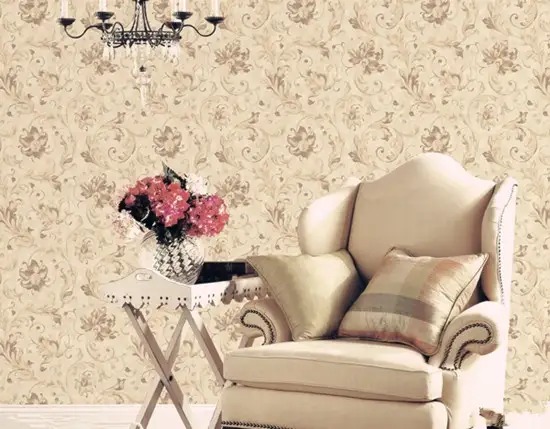
It's best not to apply wallpaper during the rainy season, as it's humid and prone to moisture. It's also best not to apply it in the spring. Spring temperatures fluctuate, and if surfaces used for plastering, puttying, and tiling are exposed to cold, hollowing and other issues can occur. It's generally recommended to apply wallpaper in the summer, as the warmer weather and lower humidity levels make it more suitable for wallpapering.
3. Paving should be coordinated with the overall decoration progress
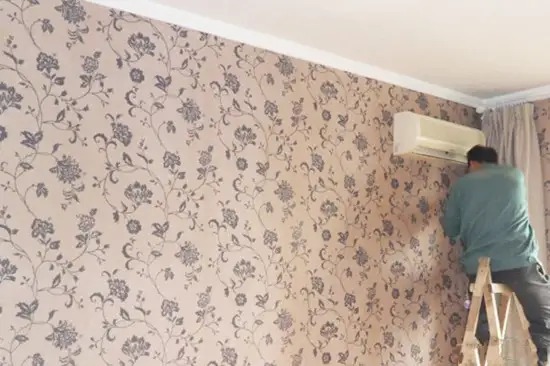
In addition to choosing the right season for wallpapering, it also needs to be coordinated with the overall decoration. Generally, wallpapering is left until all decoration is completed, so as to avoid contamination and damage from other decoration works.
What should I do if it’s already moldy?
How to remove mold stains on walls
Painted walls: In humid seasons, paint is prone to mold, blackening, smelling, and delamination. This can manifest as bubbling, mold, and discoloration. Mold can also cause mold to grow on the walls and even cause the paint to peel.
If mildew has already appeared on the wall, mix bleach and water in a ratio of 1:3 and wipe the wall with a rag. Rinse with clean water and, after the wall is dry, apply mildew-proof paint to protect it from moisture for a long time. Alternatively, there's a convenient, household waterproofing agent available on the market that simply sprays the gap between the damp wall and the floor. It's very easy to use.
How to remove mildew stains from wallpaper
Wallpaper: Wallpaper pasted on the wall is prone to large areas of mold spots or warping, bubbling, etc. due to moisture, making the originally beautiful wallpaper become "disgusting".
Mix rubbing alcohol and water in a 1:1 ratio, then wipe with a soft cloth. If the area is severely damp, use 84 disinfectant. If PVC wallpaper has stains, gently scrub it with a damp towel and detergent. Avoid touching non-woven fabrics, velvet wall coverings, gold foil wallpaper, and pure paper. Remove dust with a feather duster, and remove stains with a clean towel and a professional decontamination solution.
PART3: Ceiling moisture-proof
The ceiling will inevitably be corroded by water vapor. It is recommended to use plastic gussets with good waterproof performance and apply waterproof membrane treatment during decoration. In addition, if the kitchen is relatively low, you can also directly paint it with waterproof paint to achieve a moisture-proof effect.
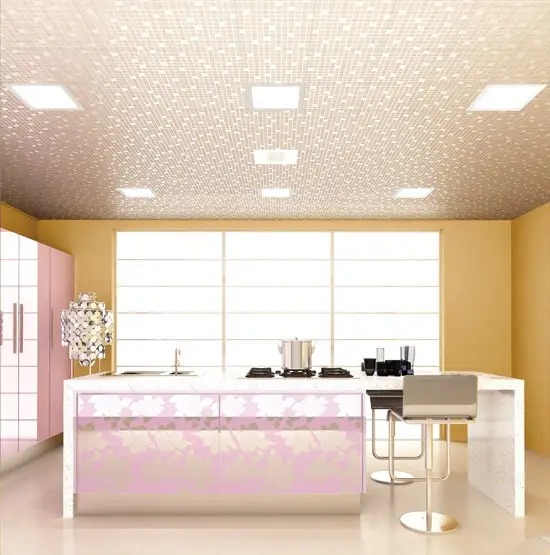
Q: How should I decorate the ceilings of kitchens and bathrooms? What should I pay attention to? What materials are recommended and how much do they cost?
A: The kitchen ceiling is a part that people tend to overlook. Like the ceilings of the living room and bedroom, in addition to considering the style and design, the kitchen ceiling actually has higher requirements.
A homeowner once asked if kitchens and bathrooms didn't need a false ceiling at all, and that a coat of wall paint would suffice. In fact, false ceilings are essential in modern living. Latex paint won't blend in well with the wall tiles, creating an unsightly appearance. Furthermore, cabinets typically can't reach the ceiling, so a false ceiling is needed to fill the remaining space. A false ceiling also conceals electrical wiring and makes kitchen cleaning easier.
For kitchen and bathroom ceilings, the primary focus is on "three protections": waterproofing, moisture resistance, and fire resistance. Therefore, wooden keels are not recommended. Currently, aluminum gussets are widely used in home decoration, as they largely overcome some of the drawbacks of PVC panels, such as discoloration, aging, and breakage over time, as well as the difficulty in cleaning away greasy substances.
The "aluminum-plastic panel" is only one letter different from the "aluminum gusset plate", but its practical effect is very different. Because in the process of installing the aluminum-plastic panel, wood board must be used as the bottom support, but this practice is very unwise. If the moisture-proof treatment is not done well, the consequences will be disastrous.
Another key point to keep in mind when constructing kitchen ceilings is to maintain a proper degree of depth. When drilling holes for fixings, avoid drilling too deep. There have been cases in the past where drilling too deep has collided with holes drilled by the upstairs tenant. While this may not necessarily cause a hole, it will compromise the original waterproofing, leading to significant complications. Therefore, we recommend maintaining a minimum depth of 3-4 cm.
Aluminum gussets currently available on the market vary greatly depending on thickness and whether they're coated. Good quality options range from 120 to 130 yuan per square meter, while poor quality options can be as low as 20 yuan per square meter. If you follow the quote from a reputable decoration company, including materials and labor, you can typically complete a complete kitchen ceiling renovation for around 160 yuan per square meter.
PART4: Home moisture-proof
1. Leather furniture
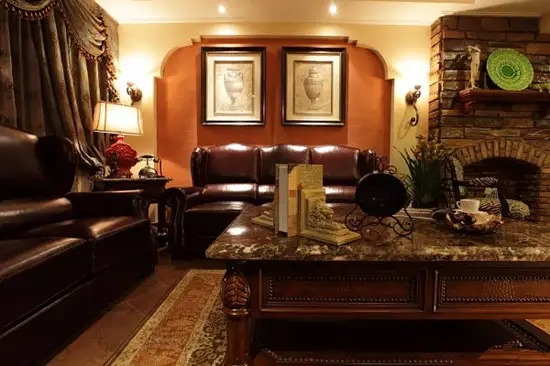
Leather furniture can become hardened when exposed to cold after moisture regains its moisture. On some poorly ventilated surfaces, mold may develop, leading to deformation or discoloration. After dusting, apply a special maintenance product like mink oil, lanolin, or leather oil to the leather surface and wipe away any moisture with a soft, dry cloth. If mold is present, remove it with a mildew remover and then apply leather conditioning oil. Leather sofas can also be kept dry by adding a desiccant.
2. Solid wood furniture
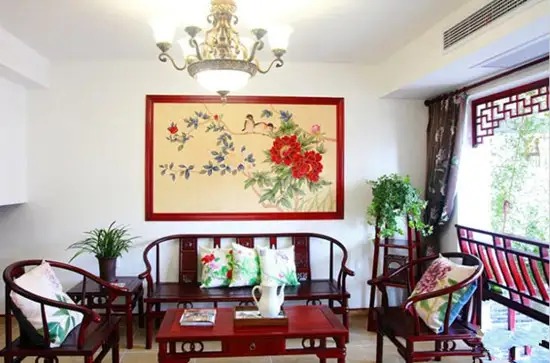
Solid wood furniture is prone to deformation and expansion when it gets damp. You can apply protective wax or special cleaner evenly on the surface of the furniture, and then wipe it gently to maintain its gloss and moisture-proof. If the edge sealing of artificial board furniture is not good or it gets damp, it will cause the furniture board to expand and be damaged. You can install waterproof pads under the furniture legs that are easy to absorb water. For furniture close to exterior walls and bathroom walls, keep a good ventilation distance.
3. Metal furniture
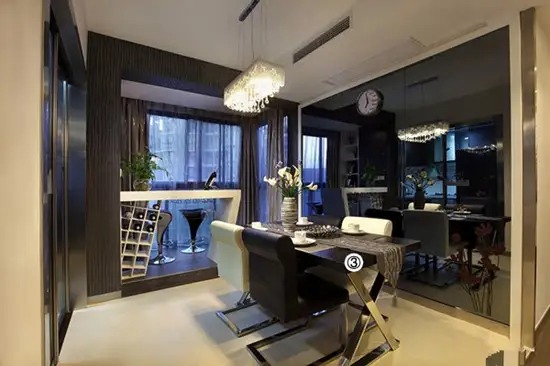
If metal handrails or legs are rusted, especially on iron furniture, the surface will easily fade and develop spots. It is best to clean them with a dry rag. If rust occurs, use a dishcloth or old toothbrush dipped in rust inhibitor to brush it off, and then polish it with a dry cloth. If rust spots are found on iron furniture, they should be repainted in time. If condensation is found on the surface, it should be wiped with a dry cloth in time to prevent rust.
4. Rattan furniture
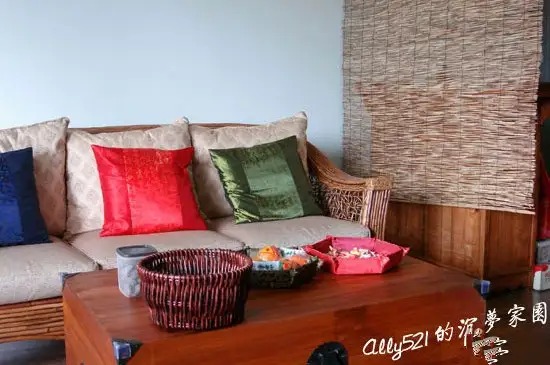
Rattan furniture can absorb a certain amount of moisture, but if it absorbs too much moisture, the furniture's structure will become loose. The gaps between the rattan strips are prone to mold and mildew, so it should be cleaned frequently and well ventilated. However, after cleaning, avoid exposing it to the sun to prevent deformation or breakage.
PART5: Things to pay attention to when decorating the first floor
1. During renovation, lay a moisture-proof layer or a layer of keel under the floor
Adding a layer of felt or plastic film can isolate the condensation on the ground and allow it to dissipate into the air through the cracks left at the base of the surrounding walls. Some residential areas now have semi-basements built on elevated half-floors or 115 meters below the ground floor, which can also play a good role in moisture prevention.
It is worth reminding that if the floor is covered with linoleum, it is best to leave the house vacant for a period of time after renovation to allow the odor to dissipate. There are also environmentally friendly moisture-absorbing materials such as bamboo charcoal on the market as alternatives, but the price is relatively high.
Second, the treatment of the waterproof layer must be in place
All floors and walls of first-floor residences (up to 0.3 meters in height), as well as the floors and walls of basements, should be waterproofed and moisture-proofed. The thickness of the waterproof layer must be sufficient: The thickness of the waterproof layer directly affects its waterproof lifespan. Reducing the thickness of the waterproof layer will effectively shorten its waterproof lifespan.
3. Choose laminate flooring or floor tiles
If the ground floor of the building directly touches the ground, it is best not to use solid wood flooring to decorate the floor of the first-floor residents. It is best to use floor tiles or laminate flooring. Otherwise, once there is too much rain, the moisture-proof effect will be limited and the floor will be deformed.
4. Maintain ventilation
Maintaining good lighting can also help prevent moisture. Especially in areas prone to mold and mildew, such as bathrooms and kitchens, it is best to open windows or install independent ventilation systems.
5. No water stains should be left after wiping
Besides renovations, you should also maintain good ventilation to avoid water accumulation indoors. When leaving the bathroom after a shower, close the door and wait for the condensation to settle before returning to dry yourself.
After mopping the floor each time, try to wipe it dry with a dry cloth to avoid leaving water stains.
Do not put washed dishes into the cupboard while they are wet, but place them upright to air dry.
6. Small details of life
In addition, you can also think of some moisture-absorbing methods according to local conditions, such as: sprinkling some sawdust and rice husks on the corridor, placing some charcoal or bamboo charcoal under flower pots, fish tanks or sinks, not drying clothes indoors, and not bringing wet clothes, umbrellas, and shoes into the house...all of these can reduce the humidity in the room.
7. The moisture-proof kitchen and bathroom space on the first floor should be paid more attention
The ground floor waterproofing project for a building focuses on the kitchen and bathroom. Although developers have already waterproofed the kitchen and bathroom areas when the new home is delivered, renovations such as tiling, floor leveling, and fixture replacement can damage these areas, so a thorough waterproofing treatment is recommended. Furthermore, the joints between the wall and the floor, as well as the joints between the water pipes and the floor, are most prone to leaks and must be carefully treated. A water-tightness test should also be performed. This involves plugging the bathroom floor drain, adding about 20 centimeters of water to the floor, and observing for leaks after 24 hours. Only after confirming that there are no leaks can tile laying begin.
Natural dehumidifiers in life
Baking soda: The baking soda in the kitchen can absorb moisture and can be used as a cleaning agent after it clumps together. It can be used to scrub bathtubs, sinks, washbasins, etc. It can remove oil, dirt and mildew and is very effective.
Coffee grounds: Coffee grounds have the dual effect of absorbing moisture and deodorizing. Putting them in a gauze bag, silk socks or cotton socks will make a convenient and practical small dehumidification bag.
Sugar: Fry an appropriate amount of sugar, put it into a paper bag and place it in a humid place. It has a good moisture-absorbing effect.
Laundry detergent: Pour the detergent into an empty dehumidifier box, poke a few small holes in the plastic film, and place it in any corner that needs dehumidification. After the detergent absorbs water and clumps, you can use it to wash clothes, eliminating any waste.
Candles: If your room is too humid, lighting candles can also help reduce humidity. Burning candles prevent water vapor from condensing, thereby reducing humidity. Additionally, if your home already has a musty smell, you can choose scented candles containing natural plant-based essential oils to dry the air and remove the musty odor.
Charcoal and bamboo charcoal: The pores on their surfaces absorb moisture and have a deodorizing effect, making them suitable for dehumidifying small areas. They can also be dried and reused without polluting the environment. Binchotan charcoal is a particularly effective moisture-proofing product. Its porous properties absorb odors, release negative ions, and improve dampness and mold in closets.
Moisture-proof gadgets
Dehumidifier: used for local dehumidification, can be placed in wall cabinets, wardrobes, shoe cabinets and even pianos for dehumidification. Just unpack the moisture-absorbing box and put it in.
Dehumidification box: This is a common dehumidification product on the market. It is generally made of calcium chloride particles as the main ingredient. Most products also have added fragrance ingredients, so it integrates dehumidification, fragrance, anti-mildew, deodorization and other functions. It is mostly used for dehumidification in wardrobes and shoe cabinets.
Moisture-absorbing bags: These work in a similar way to moisture-absorbing boxes, but are filled with a water-absorbing resin. After absorbing moisture, they transform into a jelly-like substance, making them less likely to break into pieces. They have a wide range of uses, including clothing, leather goods, cameras, pianos, computers, and more. They are particularly effective in confined spaces.
Lime: A simple and effective moisture absorber. 1 kg of quicklime can absorb approximately 0.3 kg of moisture from the air. Place the lime in a wooden or cardboard box and place it under a wardrobe or in a corner. Cover the box when the room is dry and open it when it's damp.
Anti-mildew and insect repellent: When choosing an insect repellent, you can choose one that can both prevent insects and mildew and has a drying effect, which is convenient and practical.
Buying Guide: Many moisture-absorbing boxes and bags may appear similar in size, but their prices vary significantly. This is why you should carefully examine the ingredients. The primary active ingredient in moisture-absorbing products is calcium chloride or a water-absorbing resin, the amount of which directly affects the amount of water they can absorb. Therefore, when purchasing, be sure to pay attention to the calcium chloride or water-absorbing resin content, the amount of water they can absorb, and the size of the space they are designed for. Choose the right moisture-absorbing product for your home.
Special note: Chemicals such as calcium chloride are toxic. These products should be kept out of reach of children to prevent accidental ingestion.
The above is some common sense about moisture-proofing that we need to know. As long as you base this knowledge on your own actual situation, you will be able to do a good job of moisture-proofing your home and make our home space dry and comfortable.